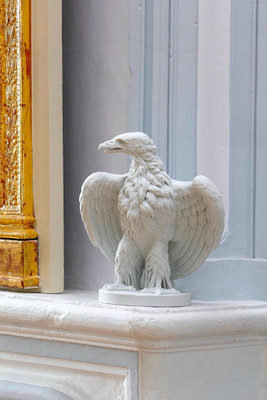Biscuit sculptures, decorative objects in porcelain biscuit
The history of porcelain biscuit dates back to the mid-18th century when the first experiments were conducted by the Sèvres factory in an effort to distinguish itself from the polychrome productions of the Meissen factory. This unglazed white paste, with its delicate matte appearance, was used in the 19th century by European manufacturers, including those of Saxony, Royal Dux, Samson, and Sèvres, which remains the most famous.
The Atena Gallery houses porcelain biscuit sculptures that bear witness to the history of this craft: mythological figurines and statuettes, cups, shaped pieces, candlesticks adorned with putti, and decorative vases. The figurative sculptures depict young girls, vestal virgins, or Psyche after Falconet Sèvres models ; busts after Houdon in Limoges and polychrome biscuit Royal Dux cups
The collection is completed by groups: gallant couples from the Louis XV period, mythological groups based on models by Boizot for the Sèvres factory, neoclassical centerpieces in Meissen porcelain biscuit .

















































